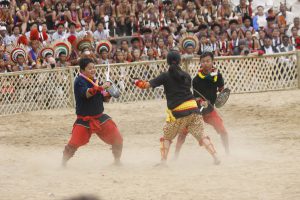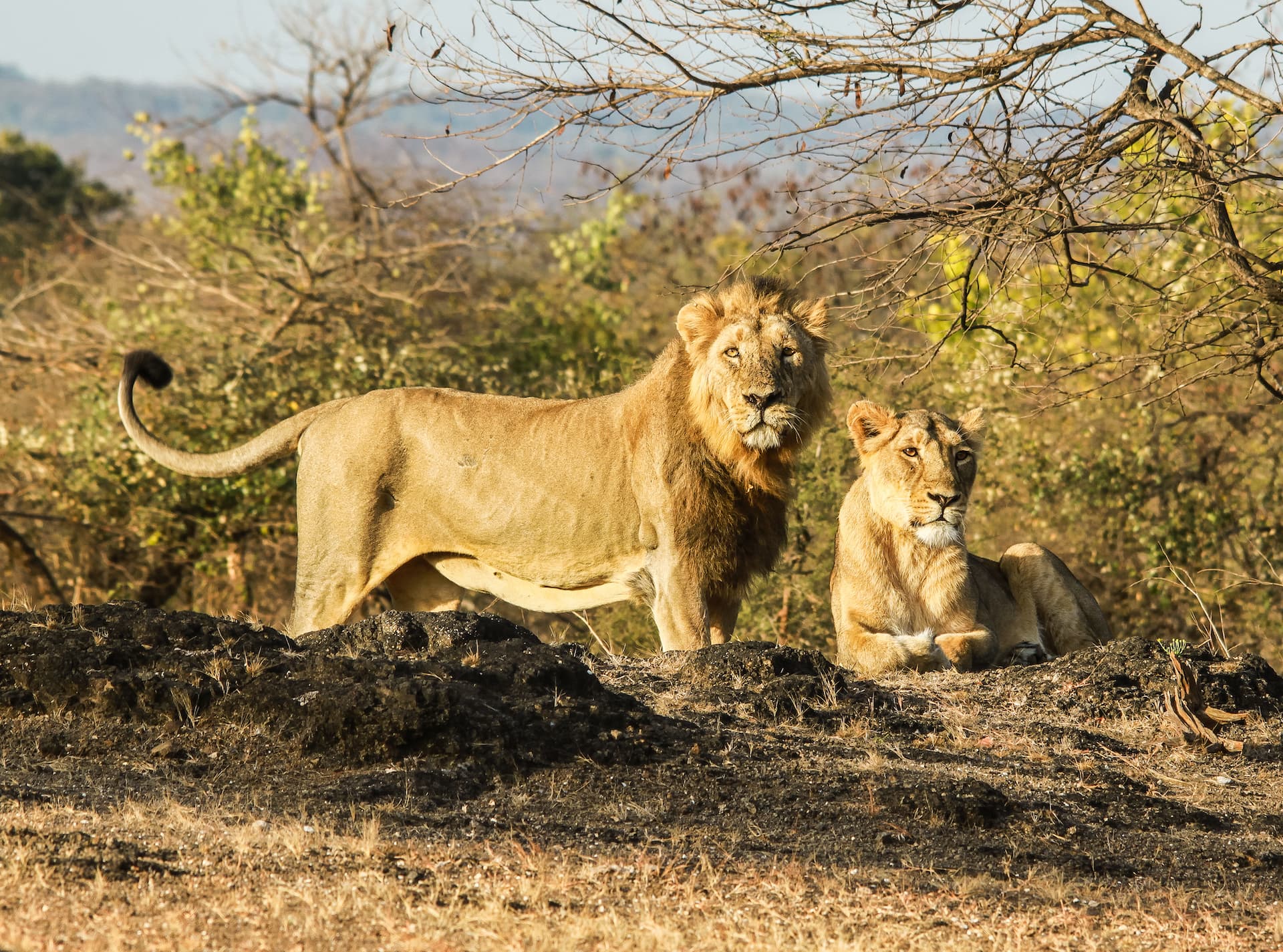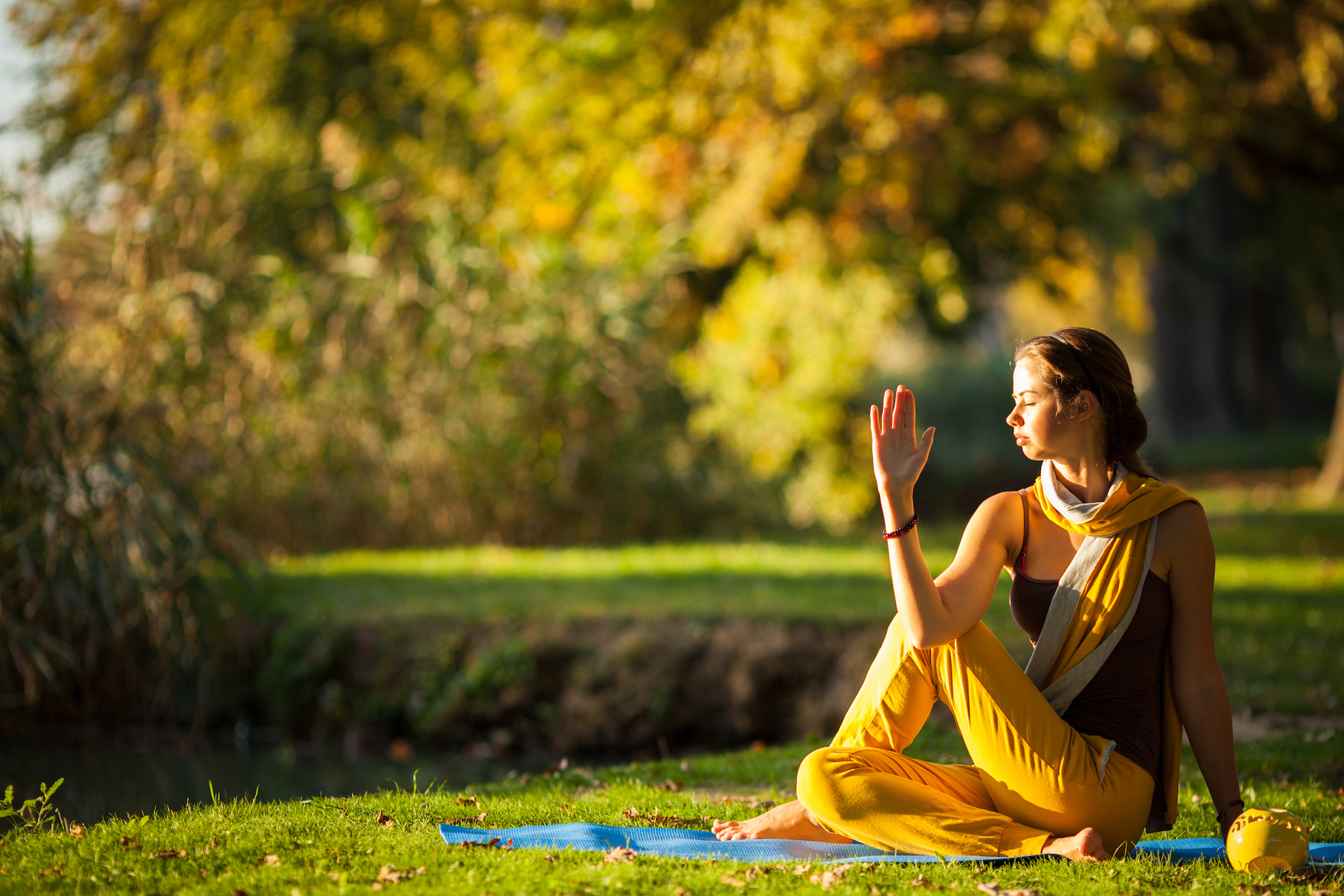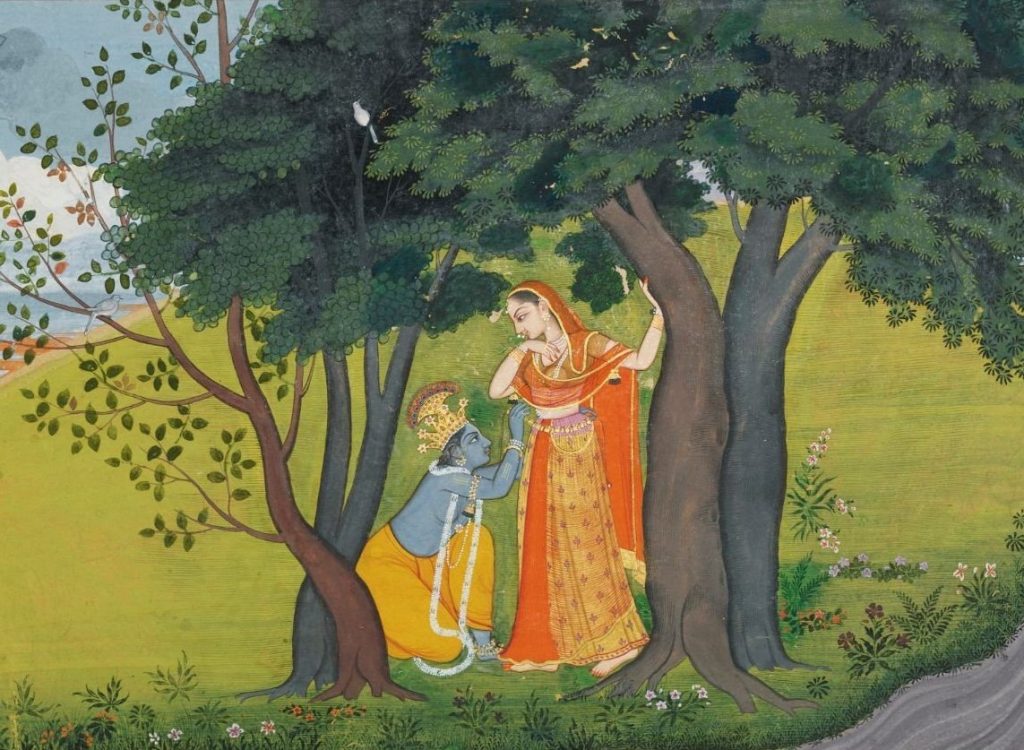
overview
Mahatma Gandhi is credited with reviving the old processes of hand spinning and hand weaving as part of the freedom movement of India. It was a strong political tool used to assert self-suffciency by a nation under colonial, draconian laws on textile. Khadi was linked to the concept of Swadeshi (Made in India), where Gandhi believed that choosing to make and wear hand-spun, hand-woven cloth, a source of livelihood for millions of weavers across India, over machine-made textiles from Manchester, would bring power back into the hands of the villagers and build self-reliance. The spirit of Khadi became synonymous with ‘plain living and high thinking’. Khadi is hand-woven cloth in cotton or silk or wool depending on the climate of the region. It is environment friendly and suitable for all seasons. There is a huge movement in India to support the many weavers and craftsmen who produce Khadi.
This itinerary is a beautiful introduction to India’s traditional arts and crafts which have changed little over the centuries. Escorted by an expert, start the journey from Kolkata to move inland and travel through some of the most distinct and vibrant destinations of West Bengal where hand-woven textiles and sarees form an important cottage industry. After meeting weavers in West Bengal, continue your journey to Gujarat which has a rich and unique cultural heritage with an identity of its own. Explore the lesser-known Muli and the more popular Bhuj where the indigenous communities are known for their immense creativity, unbound imagination, untiring spirit and are custodians of an overwhelming variety of soulful crafts.
Insider Tips:
- Maximum 10 participating guests
- Language: English
- Best time for this itinerary – October to April.
- Gujarat is a dry state where one can’t buy alcohol off the shelf. However, procuring alcohol from designated government shops is easy. You will need to show your passport and e-tickets of your flights in and out of Gujarat. Your escort-cum-guide will assist you. Be aware, you cannot drink in the public areas of the properties. You can drink only in your room.
- The majority of Gujaratis are strict vegetarians, at least when they are in Gujarat. Don’t be surprised by all the vegetarian, often sweet menu in some hotels and restaurants.
- Some communities in the Bhuj area are averse to being photographed. It is absolutely imperative that permission is taken before taking photos. If you take photos of nomads, while they are on the move on Gujarat’s highways, they expect to be paid.

day wise itinerary ![]()
Drive to Bishnupur. Spend two nights exploring the magnificent terracotta temples which date back to the 17th and 18th century.
Drive to Shantiniketan, Tagore’s Abode of Peace. Learn about the quintessential Bengali obsession with Rabindranath Tagore, the first non-European Nobel Laureate for Literature. Tagore is considered an icon in the millennium old literature of Bengal. He was an educator, social reformer, poet, painter and philosopher, best remembered for penning India’s national anthem.
Spend time exploring Shantiniketan, meeting textile artists, local residents and students of Vishwa Bharati University, a radical experiment by Tagore in the early 20th century to bring education closer to nature with open air classrooms. Try Bengali food and listen to the music of the Bauls, the wandering minstrels who croon about love and compassion.
Drive to Berhampore which was established by the British East India Company after the Battle of Plassey in 1757. Plassey, in many ways, was the turning point and marked the beginning of the 200-year-old British Raj in India. Later in the afternoon, visit the Hazarduari (meaning 1000 doors) Palace of the Bengali Nawabs of Murshidabad, built in 1829, and modelled on the Kedleston Hall of Derbyshire.
Explore Murshidabad whose silk and cotton trade attracted the Dutch, the French, the Armenians and the English to set up textile factories here. Spend time with the weavers and discover how silk is extracted from cocoons.
Start early today and make several interesting stops en route to Kolkata. Stop at Phulia, one the most renowned weaving centres of West Bengal and also Ghurni, famous for its beautiful clay dolls.
Fly to Ahmedabad. Enjoy a vegetarian Gujarati Thali for dinner. Full bodied, aromatic and delectable flavours, which brilliantly blend the sweet and spicy.
Take a walking tour of the old city of Ahmedabad which is a maze of twisted lanes connected by inner passages with fresco-laden havelis and ancient temples. Visit the Calico Museum to see its remarkable collection of fabrics spanning across five centuries. Post lunch, spend time at the Sabarmati Ashram from where Mahatma Gandhi led his passive resistance against the British Raj. Learn to use the Charkha (spinning wheel) like the Mahatma and listen to the story of Khadi, the handspun fabric of India. At the end, visit the workshop of an artisan who specializes in making the Mata-ni- Pacheri, the fabric dedicated to the Divine Mother Goddess.
Drive to Bajana making several interesting stops en route. Visit Sidhpur to admire the magnificent mansions of the Bohri Muslims and enjoy a cup of tea with a Bohri family. Continue to Patan to see their unique style of weaving that dates back to the 12th century and also visit the Rani-ki-Vav Stepwell which is a UNESCO World Heritage Site. To conclude, visit the 11th century Sun Temple of Modhera before reaching Bajana in the evening.
Enjoy a jeep safari to the Little Rann of Kutch. The salty marshes here are the only home to the endangered wild ass. Along the way, visit local tribes to appreciate their weaving and hand embroidery traditions.
Drive to Muli, an erstwhile princely state of Gujarat. Explore some of the historic sites of the area such as the Swaminarayan Temple, the 200- year-old Swami Narayan Bhagwan Ni Haveli made entirely out of sesame wood and the Mandavraiji Sun Temple, the spiritual centre of the Royal family of Muli, which houses their clan deity.
Discover the age old textile and craft traditions in and around Muli. Visit the Patola weavers at Somasar known for their colourful and strikingly beautiful patterns.
Appreciate silk weaving and beadwork at Sayla. Also visit the walled city of Wadhwan famous for its tie-and-dye textiles and brassware.
Drive to Bhuj and explore a variety of crafts en route. Visit local artists and craftsmen who have added remarkable value to Gujarat’s heritage. Stop to see the traditional block printing done by the Khatri community using natural dyes. Their ancestors came from Sindh in present day Pakistan. Spend time with the Ahir community known for their beautiful embroidery and mirror work.
Explore the Banni villages of Bhuj with their circular houses called Bongas – made of mud, roofed with thatch – materials eminently suited to their hostile desert environment. Study the Rogan Painting, a 300-year-old art form which originated in Persia. Visit the bell makers here and appreciate the lacquer work done on wood. The exquisite interiors of the Bongas, complete with mirror-studded clay decorations, embroidered cloths and painted earthenware and the beautiful embroidery work, are stunning. Also meet a traditional quilt maker and hear from him how his fortunes changed after a visit to the International Folk Art Market at Sante Fe, New Mexico, where he is a regular now. A long but exciting day.
Meet a local textile collector and connoisseur showcasing his private collection exclusively to the group. Interact with a local tie-and-dye artist who has innovated the centuries old art form to a contemporary style. Also meet a local weaver who uses a unique material for weaving. His style of weaving has a strange resemblance to Yathra weaving of Central Bhutan which uses the wool of yak and sheep. End the day in a traditional crafts village which produces 16 different styles of embroidery in exquisite shawls, traditional blankets and woollen durries. Another long exciting day.
Morning at leisure. Fly to Mumbai in the evening to connect to your international homebound flight. Day rooms can be arranged in Mumbai, if required.
Meghawal tribals of Mewar, Rajasthan migrated to Sindh in Pakistan in the 17th century, and then on to Kutch in 1971 after the Indo-Pak war. They forged a partnership with nomadic pastorals, Maldharis of Kutch. When a Maldhari cattle dies, adept hands of Meghawals convert the raw hide into a piece of utility or of art in leather. Meghawals also brought with them their exquisite embroidery styles and stitches, which still bear some resemblance to similar embroidery done in Afghanistan. What we see today as Kutchi embroidery is actually a beautiful amalgamation of northern and eastern styles of magic with needle.

kantha work
The name ‘Kantha’ signifies a poor man’s wrap. It is a form of embroidery practised by rural women of Bengal and Odisha. The traditional form of Kantha embroidery was done with soft dhotis and saris, with a simple running stitch along the edges. The idea was to recycle old clothes and embroidering them for aesthetics, ensuring no piece of cloth in the house was wasted.

similar itineraries
west India from the journal
Read the latest articles by Distant Frontiers’ expert team, including columns like Lost in Luxury, Culture Matters and travel news as well as exclusive insiders from the road by our Explorers

Toy Train to the Clouds of Darjeeling

Women and the Third Gender of Manipur










